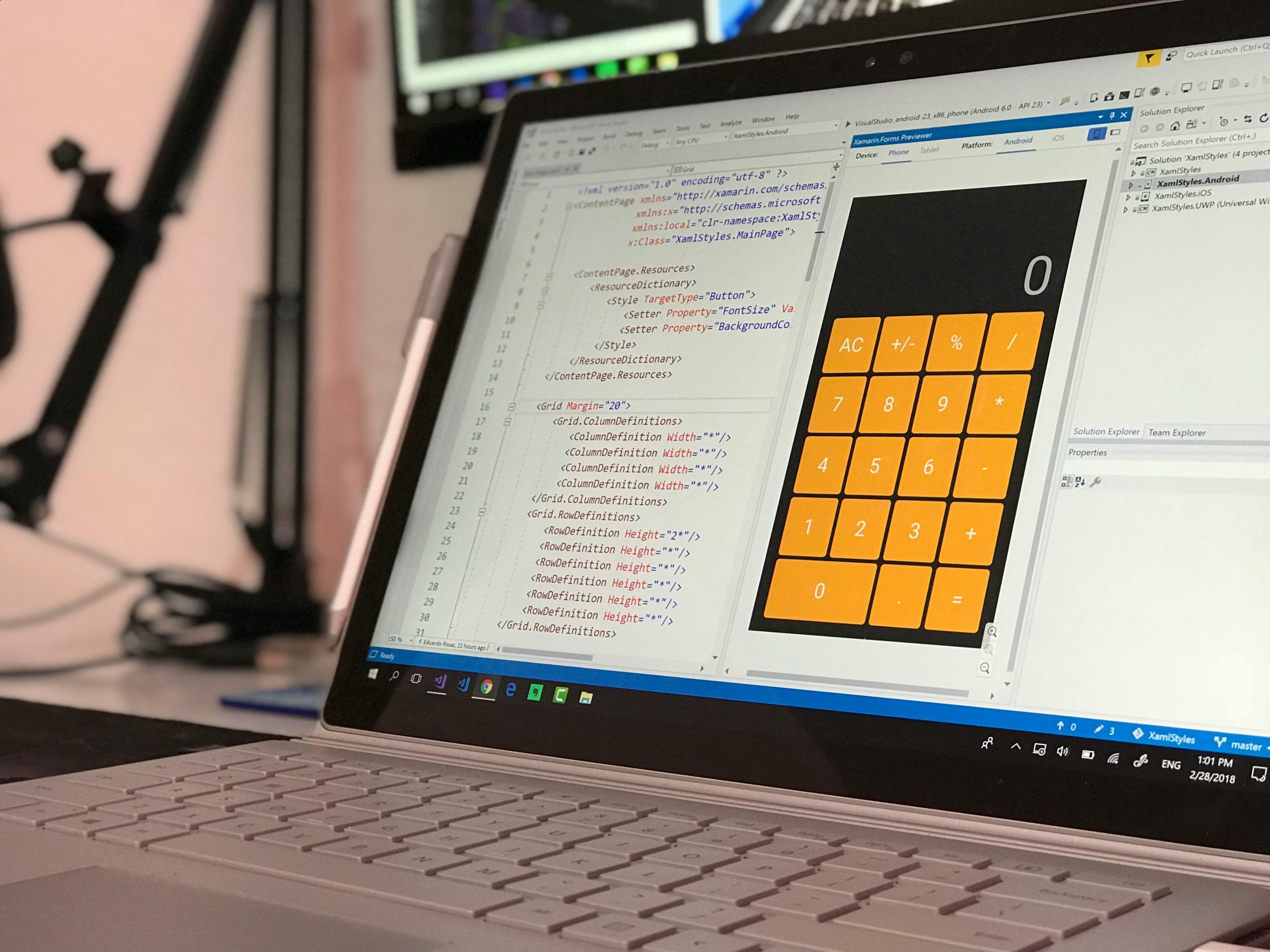Title: Exploring Input Monitoring Solutions for Windows PCs with Persistent Input Anomalies
Introduction
Dealing with unusual input behavior on a Windows PC can be both perplexing and disruptive. For instance, some users experience random scrolling to the bottom of the screen, regardless of the application in use—be it a web browser or other software—and these issues often persist despite routine troubleshooting. Identifying the root cause of such anomalies can be challenging, especially when standard diagnostics like malware scans and system restores provide no relief. One effective approach is leveraging specialized application tools that monitor and intercept device inputs, offering valuable insights into the underlying issue.
Understanding the Issue
Consider a scenario involving an aging Dell Inspiron laptop exhibiting unpredictable scrolling behavior: the screen or focus jumps to the bottom, and manual scrolling or navigation attempts are immediately overridden by the system scrolling back down. Rebooting temporarily alleviates the problem, but it inevitably reappears after varying intervals. Notably, the problem transcends the scope of conventional input devices such as mice and touchpads, occurring even when these peripherals are disconnected or disabled. Furthermore, keyboard navigation—such as highlighting desktop icons—begins to behave erratically without direct user input.
Diagnosing Input-Related Anomalies
When standard troubleshooting steps like cleaning malware scans, driver updates, or system restore points fail to resolve the issue, it becomes prudent to explore tools that can monitor and analyze hardware input events in real time. These applications can help determine if rogue software, background processes, or even hardware malfunctions are generating unintended input signals.
Recommended Input Monitoring Tools
Several robust tools are available for Windows that can help monitor, log, and sometimes intercept device inputs:
-
Microsoft Raw Input and Windows Event Viewer: Built-in utilities can provide some insight into device activity, though they may require technical expertise to interpret data effectively.
-
AutoHotkey: A scripting language that, among other functions, can intercept and modify input events. It can be used to create custom scripts to track or block specific input patterns.
-
Process Monitor (from Sysinternals Suite): Provides detailed logging of system activity, including input-related events initiated by various processes.
-
Interception: An open-source driver that allows for low-level input interception, often used by developers but suitable for advanced users seeking granular control.
-
USB Device Activity Monitors: Several third-party utilities can monitor USB device inputs at a low level, potentially revealing if a particular device or driver
Share this content:



